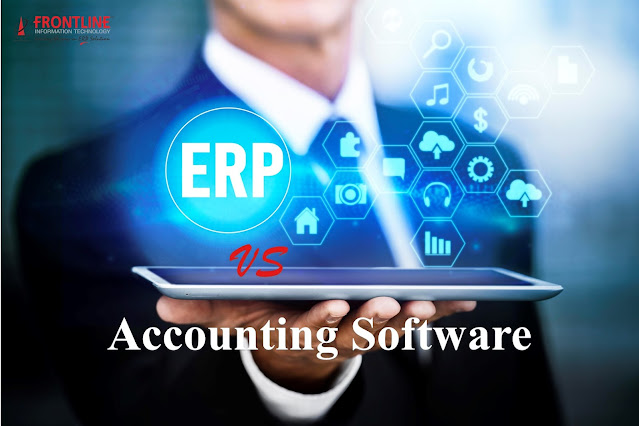Value of Conference Room Pilots in ERP Implementations
Most
ERP project teams understand the value of functional and integration testing.
It’s an important pre-go-live step to ensure the software works according to
design specs and that data flows accurately through the system.
Conference
room pilots (CRPs) are also critical to addressing several non-technical
critical success factors. However, not all implementations fully leverage the
value of CRPs to address these areas, which according to our research, is a key
contributing factor to ERP implementation failures.
Key Outputs of an ERP Implementation’s
Conference Room Pilot
1.
Business process/workflow definition. CRPs
are an ideal time to document detailed business processes and workflows as they
will look in the new system. ERP software vendors typically have generic
process documentation of how the system works, but it is usually not in the
context of the client’s specific processes or presented in a way that users can
relate to. Well-defined and documented business processes and workflows are key
to communicating and training employees on how the new processes will work.
Ideally, this activity should begin during the ERP software selection cycle.
2.
Business process/workflow gap analysis. In
order for employees to understand the new system and processes, it is extremely
helpful to relate new business workflows to the old way of doing things. Legacy
systems typically create habits and understandings that are deeply embedded
within the organization, so it is important to highlight the specific ways old
processes will change relative to the new. Changes range from simple
terminology differences in the new system (example: calling something a job
order vs. a work order) to major process changes (example: POs require
electronic approval before processing).
3.
Organizational change and impact analysis. Once
processes and gaps have been defined during CRPs, the ERP implementation team
should define how each major department/workgroup will be affected by the process
and system changes. Once defined, these changes should be communicated to
employees well before end-user training begins to help them assimilate and gain
comfort with the changes. This is a key component of an effective ERP
organizational change management plan.
These
areas are often overlooked in the CRP and testing process, but they are
arguably just as or more important than the technical focus of most testing
activities. As we remind companies, ERP implementation challenges are less
about technology and more about process and organizational change management
issues. Factoring the three areas above into your ERP implementation activities
will help address these critical success factors.




Comments
Post a Comment